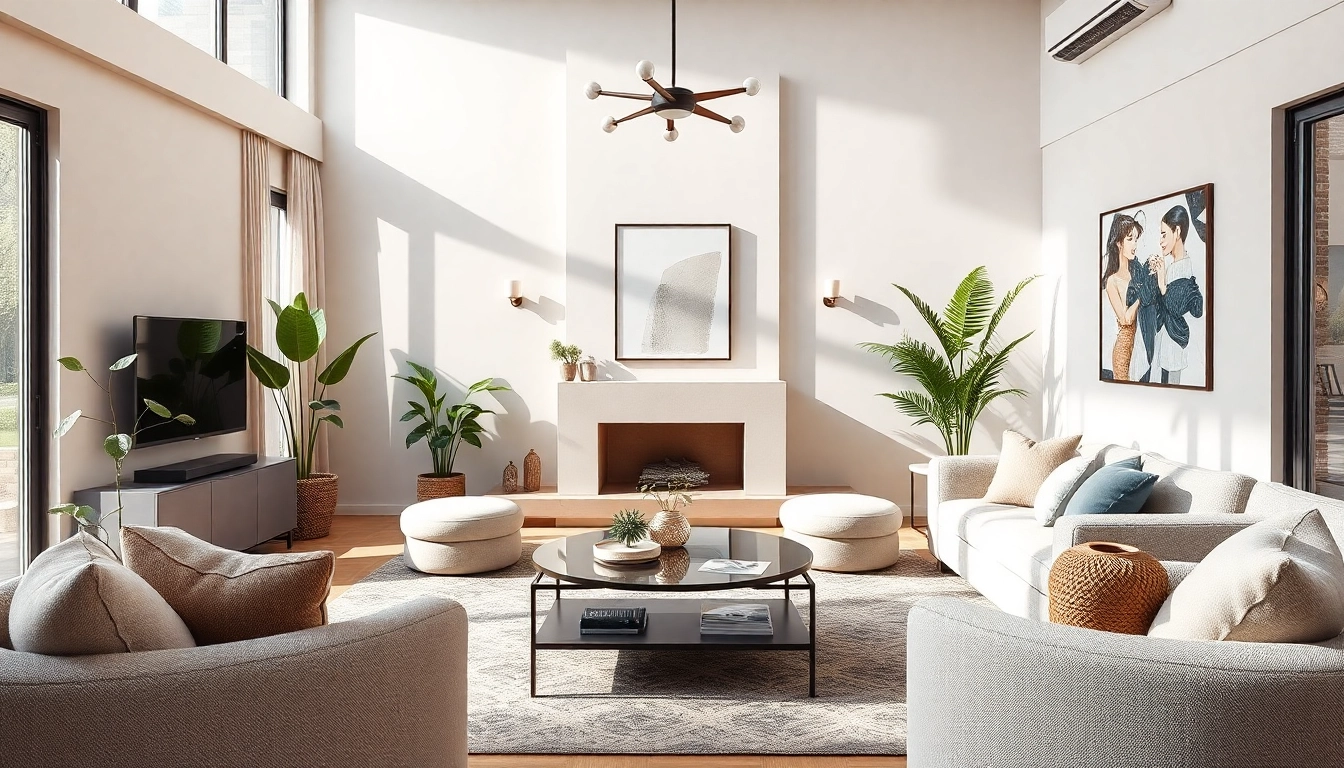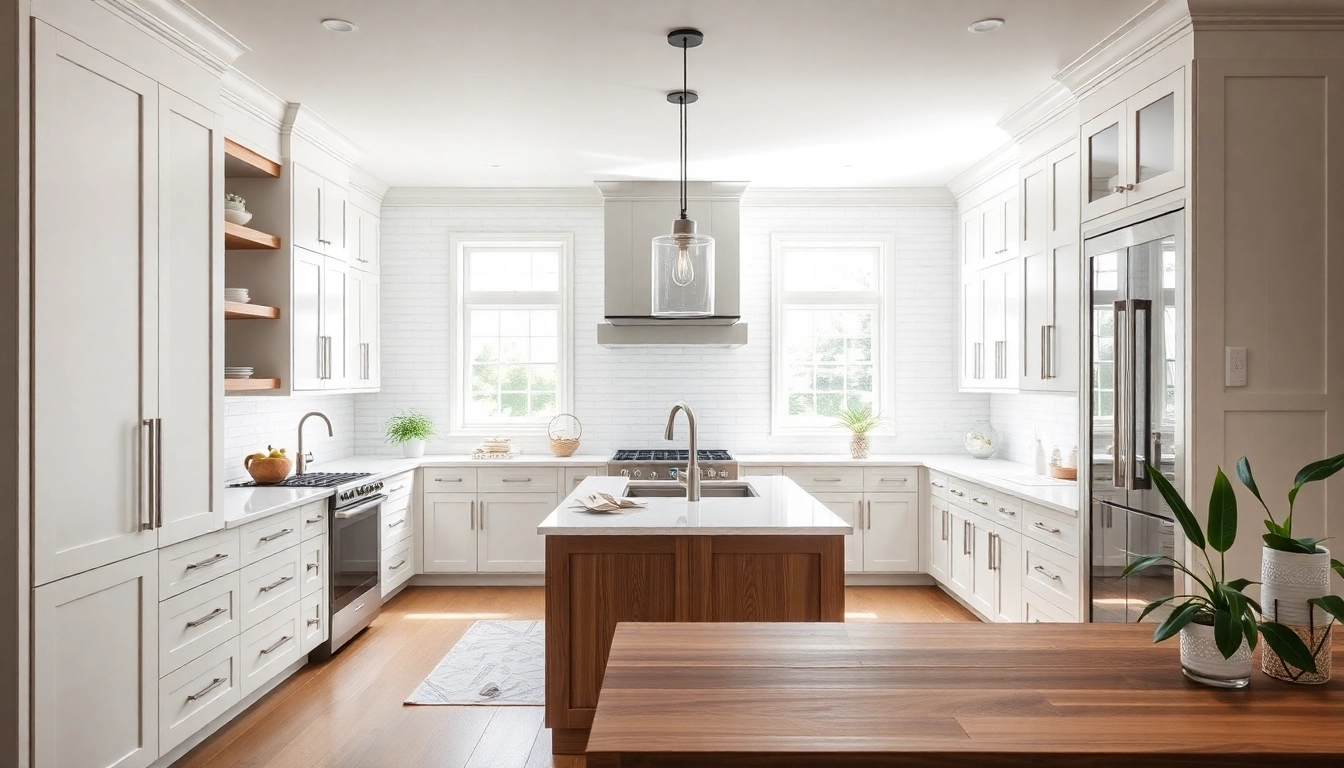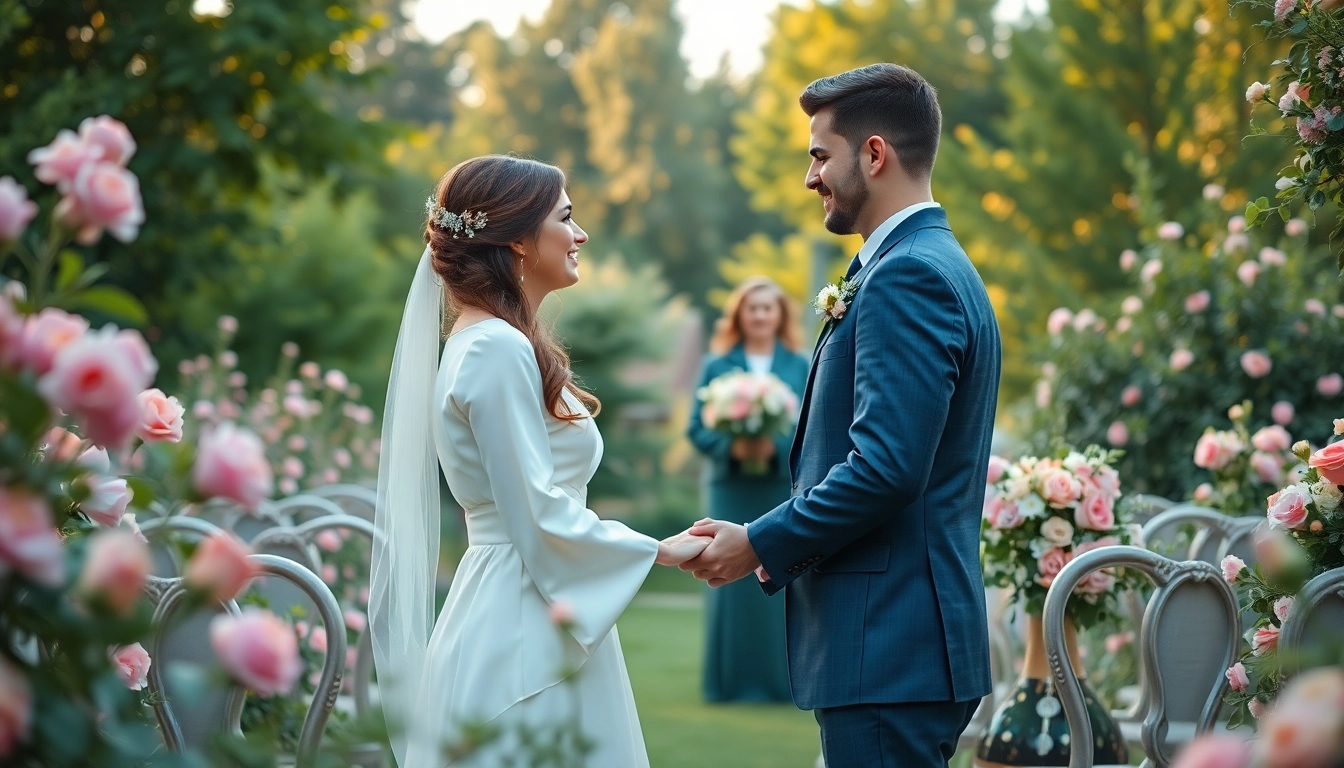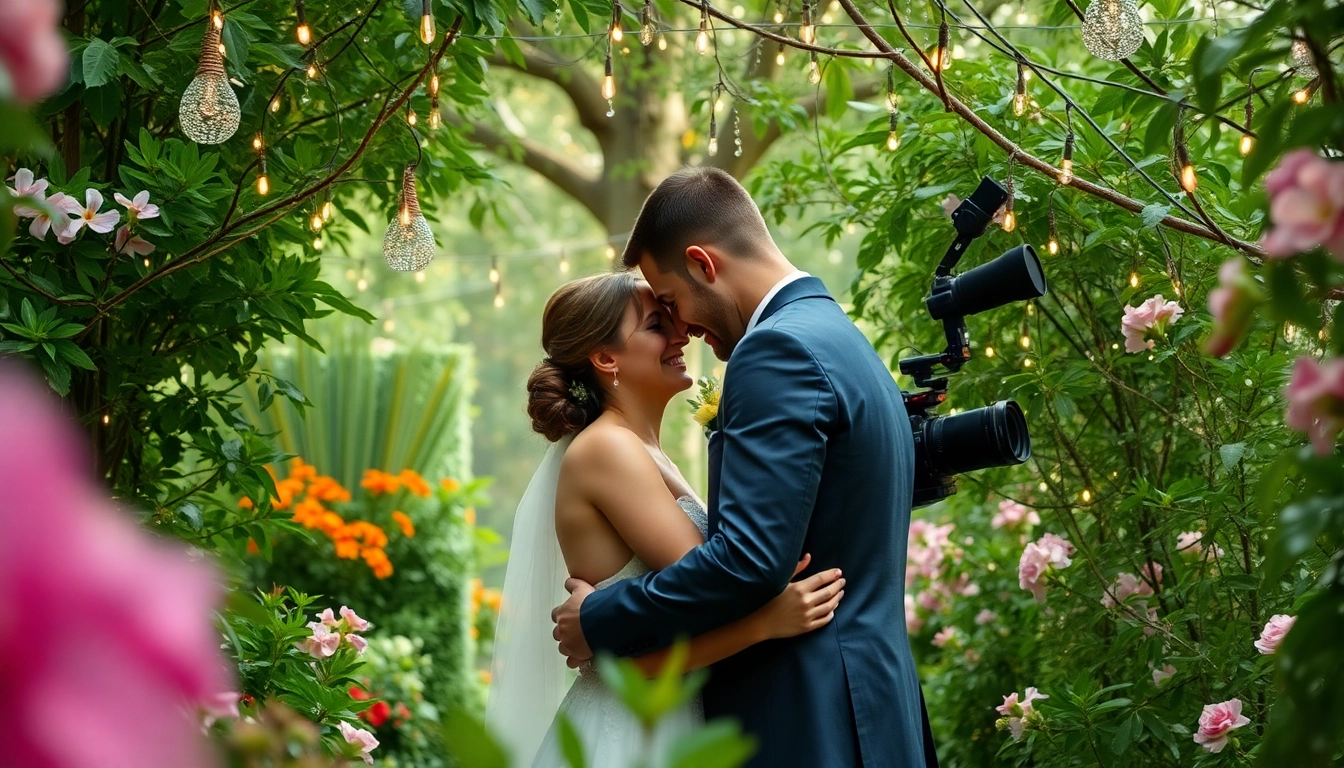
Understanding the Bloomsbury Aesthetic
Defining Bloomsbury Style
The Bloomsbury aesthetic is a distinctive design style that encapsulates the essence of elegance, comfort, and a rich layering of historical nuances. Rooted in the artistic principles established by the Bloomsbury Group—a collective of early 20th-century British intellectuals, writers, and artists—the style reflects a harmonious balance between functionality and aesthetic appeal. At the heart of Bloomsbury style is a commitment to original expression, where the interplay of colors, textures, and artistic elements creates an ambiance that feels both sophisticated and inviting.
This style is characterized by a refusal to conform to the rigid formality of earlier design movements, instead favoring a more personal and eclectic approach. The concept of “decorating with meaning” prevails, leading many to curate spaces that tell a story, offer comfort, and showcase individual personality. The bloomsbury aesthetic goes beyond mere decoration; it invites homeowners to engage with their surroundings, crafting spaces that reflect their values and creativity.
Key Design Elements in Bloomsbury Homes
Bloomsbury homes often exhibit a unique combination of several key design elements that contribute to the overall aesthetic:
- Color Palette: The colors in Bloomsbury design are typically derived from nature—think soft greens, earthy browns, and muted blues. These colors work in harmony to create a calming yet inspiring environment.
- Layered Textures: Combining various materials such as textured fabrics, hardwoods, ceramics, and metals adds depth and warmth to living spaces. This eclectic blend encourages tactile interaction and visual interest.
- Vintage and Antique Pieces: Integrating vintage finds or inherited family heirlooms adds a narrative texture to the space. These pieces serve as conversation starters and represent stories from the past.
- Artistic Expression: The Bloomsbury aesthetic embraces art in all forms, whether through original paintings, sculpture, textile art, or books. Art is not merely for display but incorporated into the daily life of a home.
- Natural Light: Maximizing natural light is crucial. Large windows and airy spaces help to create a serene environment that nurtures creativity and well-being.
Historical Influences on Modern Bloomsbury Decor
To fully appreciate the Bloomsbury aesthetic, it’s essential to understand its historical roots, which significantly inform modern interpretations. The Bloomsbury Group was significantly influenced by the Arts and Crafts Movement, emphasizing craftsmanship and a return to handmade goods. This sentiment resonates in today’s designs, which prioritize artisanal techniques and sustainable materials.
The revival of interest in Victorian and Georgian styles during the late 19th and early 20th centuries also shaped Bloomsbury decor. Characteristics of these eras, such as ornate detailing and natural motifs, can still be seen today in wallpaper patterns, furniture design, and architectural elements.
Furthermore, the intellectual climate of Bloomsbury—marked by progressive thought, feminism, and social reform—encouraged an environment that embraced individuality and experimentation. This spirit continues to characterize modern Bloomsbury homes, encouraging homeowners to assert personal narratives through their decor choices.
Creating a Bloomsbury-Inspired Living Space
Essential Decor Tips for Bloomsbury Homes
Transforming your living space into a Bloomsbury-inspired haven involves thoughtful curation and design choices. Here are some essential tips to achieve that aesthetic:
- Start with a Neutral Base: Begin with a neutral background to allow other elements, like artworks and textiles, to stand out. Soft whites, creams, or light grays can create a versatile canvas.
- Invest in Art: Incorporate art thoughtfully—mixing original paintings, prints, and sculptures can elevate the artistic nature intrinsic to Bloomsbury. Don’t shy away from bold pieces that resonate with your identity.
- Layer Your Lighting: Use ambient, task, and accent lighting to create a warm and inviting atmosphere. Consider vintage lamps or fixtures that align with your decor style.
- Add Personal Touches: Include personal memorabilia, favorite books, or sentimental items that tell your life story. These elements enrich the space and create an intimate feel.
- Accessorize with Natural Elements: Incorporate plants, flowers, and natural textures to infuse vibrancy into your home. The presence of nature contributes to a calming atmosphere.
Choosing Color Palettes that Reflect Bloomsbury Elegance
Color plays a pivotal role in achieving the Bloomsbury aesthetic. Here’s how to choose a color palette that reflects this elegance:
- Earthy Tones: Incorporate muted hues such as terracotta, olive green, and dusty rose. These colors evoke a sense of tranquility and warmth.
- Bold Accents: Use bold, rich colors like deep blue or burgundy as accent shades to add depth and sophistication against softer backgrounds.
- Monochromatic Schemes: Consider using different shades of one color for a cohesive look. This method allows for visual interest while maintaining harmony.
- Inspired by Nature: Look to nature for inspiration—capture the colors of a woodland scene or a beach at sunset for a palette that feels both grounded and refreshing.
- Textured Walls: Consider wallpaper with subtle patterns or textures, which can add a layer of richness without overwhelming the space.
Selecting Furniture and Accessories for Your Bloomsbury Look
Choosing the right furniture and accessories is crucial for achieving the Bloomsbury look, emphasizing both comfort and style. Here’s how to do it effectively:
- Eclectic Furniture Choices: Mix modern pieces with vintage finds to create a layered, curated look. Look for furniture that balances aesthetic with functionality, ensuring comfort.
- Unique Textiles: Select upholstery and cushions that feature unique patterns or colors—think bold floral prints or geometric designs that draw inspiration from Bloomsbury’s artistic roots.
- Sculptural Elements: Introduce sculptural furniture or decor items that can act as conversation starters. An interesting coffee table or an artistic chair can serve as focal points.
- Personalized Accessories: Add elements like a beloved collection of books, vintage trinkets, or handcrafted objects that reflect personal history and preferences.
- Layered Rugs: Use multiple layering rugs to define spaces and add texture. Natural fibers, such as wool or jute, are perfect for achieving warmth.
Outdoor Spaces in Bloomsbury Design
Incorporating Nature into Bloomsbury-Inspired Gardens
Bloomsbury design seamlessly integrates indoor and outdoor spaces, reflecting a strong connection with nature. To inspire your garden, consider these approaches:
- Varied Plant Life: Embrace a mixture of plants, including perennials, annuals, and seasonal blooms to ensure beauty year-round. Create visual interest by layering different heights of plants.
- Curated Pathways: Create inviting pathways using materials like gravel, stone, or bricks, which encourage exploration of the garden while connecting various zones.
- Subtle Fencing: Utilize natural materials for fencing or trellises that blend seamlessly with the landscape, maintaining an open and welcoming feel.
- Outdoor Art Installations: Bring art into your garden with sculptures or decorative pots that resonate with your indoor decor. This creates a unified aesthetic.
- Wildlife-Friendly Features: Incorporate elements like bird baths, bee hotels, and native plants that support local wildlife, creating a living, breathing outdoor space.
The Role of Outdoor Furniture in Bloomsbury Aesthetics
Outdoor furniture should enhance your garden spaces while maintaining the Bloomsbury ethos of comfort and style. Here’s how to choose the perfect pieces:
- Comfort is Key: Select outdoor chairs and lounges that prioritize comfort, often opting for cushioned versions or those with ergonomic designs.
- Timeless Materials: Choose weather-resistant materials like teak, wrought iron, or recycled plastic that can withstand the elements while adding timeless elegance.
- Color Coordination: Harmonize outdoor furniture colors with your garden’s natural palette to create a seamless transition between inside and outside.
- Flexible Arrangements: Use modular outdoor sets that can be rearranged for various occasions, allowing the space to adapt to your changing needs.
- Accent Pieces: Incorporate colorful throws, cushions, and outdoor rugs to further create a cozy and inviting outdoor environment.
Creating Cozy Outdoor Retreats Using Bloomsbury Elements
To truly embody the Bloomsbury spirit, design your outdoor space as an extension of your indoor aesthetic. Here are some ideas for creating cozy outdoor retreats:
- Define Zones: Segment your outdoor space into different areas such as dining, lounging, or gardening. Each zone can serve a specific purpose while maintaining a cohesive design.
- Focal Points: Utilize structures like pergolas, gazebos, or fire pits as focal points, allowing them to function as cozy gathering spots for relaxation or entertainment.
- Outdoor Decor: Introduce elements like patterned cushions, soft throws, and ambient lighting to create inviting nooks that encourage relaxation.
- Sound and Scent: Enhance the sensory experience by incorporating wind chimes, water features, or fragrant plants that draw you into the garden.
- Gathering Spaces: Arrange seating to encourage conversation and connection, ensuring that there’s ample space for guests to come together comfortably.
Making the Most of Bloomsbury’s Unique Features
Maximizing Light and Space in Bloomsbury Interiors
One of the core principles of Bloomsbury design is the effective use of natural light and space. Here’s how to optimize these elements in your home:
- Strategic Window Placement: Utilize large windows that invite natural light and offer views of nature, blurring the lines between indoors and outdoors.
- Open Floor Plans: Embrace an open layout that enhances flow while allowing for flexibility in how spaces are used and defined.
- Reflective Surfaces: Incorporate mirrors and glass elements thoughtfully to amplify light and create an illusion of more space without overwhelming the design.
- Color Coordination: Choose lighter colors for walls and furnishings to create an airy atmosphere that feels more open and inviting.
- Multi-functional Furniture: Invest in furniture that serves multiple purposes, such as sofas that convert to beds or ottomans with storage, optimizing space usage.
Using Art to Enhance Your Bloomsbury Decor
Art is a fundamental component of Bloomsbury design, infusing spaces with personality and depth. Here’s how to effectively incorporate art into your home:
- Curated Collections: Display a carefully curated selection of art that resonates with you. Consider rotating pieces to keep the environment dynamic and engaging.
- Gallery Walls: Create a gallery wall that showcases various art styles and formats. Ensure cohesion in framing or color to maintain harmony.
- Statement Pieces: Invest in larger, impactful pieces that can serve as focal points in rooms, drawing the eye and sparking conversation.
- Function as Art: Look for art that doubles as functional elements, such as sculptural light fixtures or artistic furniture pieces that provide both utility and aesthetic appeal.
- Local Artisans: Support local artists or craftsmen to incorporate unique, handmade pieces that reflect your vicinity’s culture and talent.
Innovative Storage Solutions Inspired by Bloomsbury Style
Effective storage solutions are essential in maintaining an organized and stylish home. Here are innovative storage ideas inspired by Bloomsbury design:
- Built-in Shelving: Consider built-in bookcases that can integrate seamlessly into walls, maintaining clean lines while providing ample storage for books and decorative items.
- Under-bed Storage: Utilize the space under beds with rolling drawers or boxes that can hold seasonal items, linens, or less frequently used belongings.
- Hidden Compartments: Look for furniture with hidden storage options, such as coffee tables with lift-top compartments or ottomans that double as storage bins.
- Multi-Functional Furniture: Invest in pieces like daybeds or benches that offer seating while providing additional storage space, making them practical for smaller rooms.
- Decorative Baskets: Employ stylish baskets or bins as both decor and storage solutions, which can add texture and color while keeping clutter at bay.
Maintaining and Evolving Your Bloomsbury Home
Tips for Upgrading Bloomsbury Homes over Time
To ensure that your Bloomsbury home remains a reflection of evolving tastes, it’s important to implement upgrades and updates thoughtfully. Here are some tips to maintain and enhance your space:
- Regular Assessment: Periodically evaluate your space and identify areas that feel outdated or cumbersome. Prioritize changes that enhance usability and style.
- Invest in Quality: Focus on high-quality materials and furnishings that can withstand wear over time, emphasizing longevity while minimizing the need for replacements.
- Adapt to Trends: Allow your home to reflect contemporary design trends that resonate with your personal style. Consider refreshing textiles and accessories seasonally.
- Professional Guidance: Consult with decorators, architects, or design specialists who specialize in Bloomsbury aesthetics to ensure that upgrades remain true to the style.
- Embrace Change: Do not be afraid to experiment with bold changes, such as repainting or reupholstering, to refresh the overall atmosphere of your home.
Seasonal Decor Adjustments: Keeping Bloomsbury Fresh
Seasons can offer a canvas for changing decor, bringing new life and energy to your home. Implement these strategies for seasonal adjustments:
- Color Swaps: Transition fabrics and decor accessories to reflect seasonal colors—soft pastels for spring, deep jewel tones for fall—to keep themes dynamic and engaging.
- Nature as Inspiration: Integrate seasonal florals and plants, bringing the outside in to reflect the changing seasons and foster a sense of connection with nature.
- Layering Textiles: Introduce seasonal textiles like light linens for summer and cozy wool or faux fur for winter to ensure comfort and style throughout the year.
- Festive Elements: Celebrate seasonal holidays through decor—think natural elements for Thanksgiving, vibrant colors for spring festivals, or subdued tones for winter solstice.
- Seasonal Lighting: Adjust your lighting with the seasons, incorporating fairy lights for cozy winter months and bright, colorful shades for warmer seasons.
Assessing and Celebrating Your Bloomsbury Home’s Legacy
Your Bloomsbury home represents a unique narrative that evolves over time. Regularly assess and celebrate this legacy through the following practices:
- Documentation: Keep a journal or photo collection that chronicles your home’s evolution—note the changes made, the reasons behind them, and reflections on what each element means to you.
- Incorporate Family History: Integrate family heirlooms or memorabilia that celebrate generational ties, reinforcing connections to heritage while adding unique character to your decor.
- Host Gatherings: Organize events that draw together family and friends to create new memories, reminding everyone that homes are not just built with bricks but with shared moments.
- Engage with Community: Share your home’s story through local exhibitions, showcasing the incorporation of local art and history, celebrating the spirit of Bloomsbury in a broader context.
- Continual Learning: Stay engaged with design literature and communities that inspire you—attending workshops or reading books on design evolution can inspire ongoing changes in your space.







